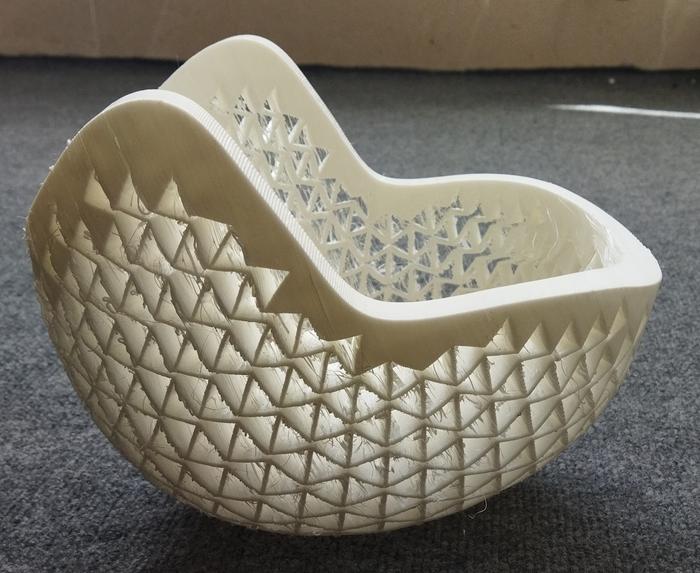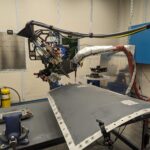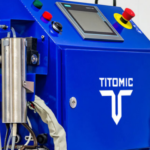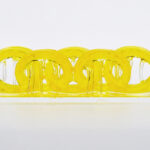Researchers at the University of Gothenburg and the University of Isfahan have developed a new design for bicycle helmets using auxetic metastructures. The design features a shock-absorbing material that improves impact absorption during crashes compared to traditional foam liners. This new approach was detailed in the International Journal of Solids and Structures and addresses longstanding challenges in helmet design related to impact resistance and comfort.
“When exposed to energy from an impact, the liner material contracts, which significantly improves the absorption of impact energy. This translates to lower risks of injuries sustained by cyclists during accidents,” explains Associate Professor Mohsen Mirkhalaf, who participated in the study. The helmet’s protective layer is made from a hyperelastic polymer that can undergo substantial deformation while returning to its original shape.
The research team utilized 3D printing technology to manufacture the helmet’s components. This production method allows for customization to fit individual head shapes, potentially benefiting professional athletes and cyclists who struggle to find comfortable helmets. Testing showed that the new design performed better in various impact scenarios compared to conventional helmet designs.
Auxetic materials, which expand laterally when stretched and contract when absorbing energy, have been known for about four decades. However, Mirkhalaf notes that recent advances in fabrication processes, particularly additive manufacturing, have enabled the practical implementation of these materials in helmet design. The geometry of the helmet’s internal structure has been specifically optimized to minimize forces during collisions.
The collaboration between the Swedish and Iranian universities demonstrates the value of international research partnerships in safety innovation. While 3D-printed customized helmets currently cost more than mass-produced alternatives, industry trends suggest these costs will decrease as the technology becomes more widespread. The research points to potential applications beyond cycling, including other sports equipment and automotive safety gear.
The study titled “Design, optimization and additive manufacturing of an innovative bike helmet using auxetic metastructures” was published on January 21, 2025.
Source: scienmag.com











